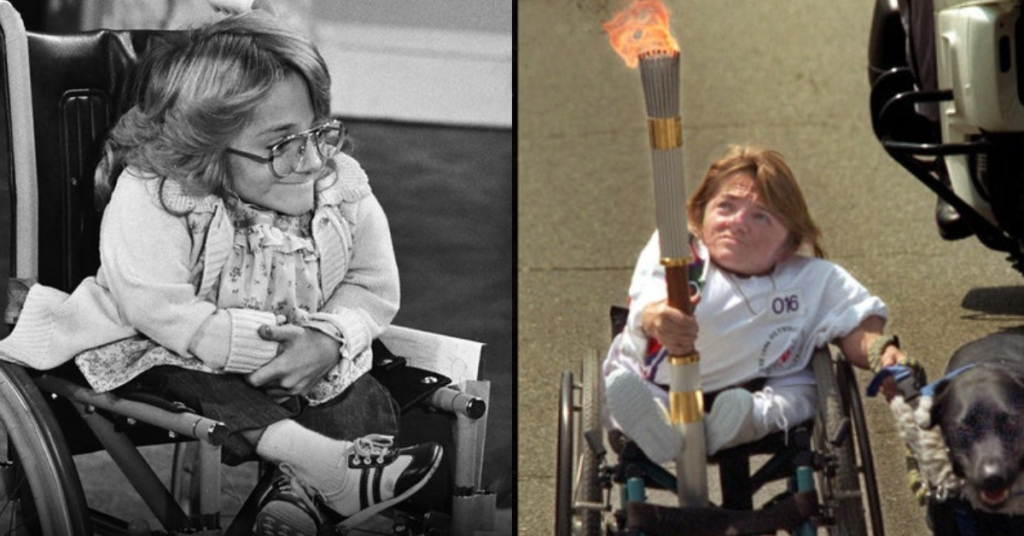Despite some indications of improvement teen mental health, a recent evaluation indicates that young people, especially women, are still struggling with serious mental health issues in the wake of the COVID-19 pandemic. The US Centers for Disease Control and Prevention (CDC), which has been monitoring the health of American high school students for more than 30 years, is the source of the Youth Risk Behavior Survey data.
Persistent Feelings of Sadness and Hopelessness
The Teen mental health today are more likely than they were ten years ago to report having persistent feelings of hopelessness and sadness, which is concerning, according to the survey. When compared to the 30% of students who claimed the same in 2013, 40% of students surveyed in 2023 said they have felt this way, which is an alarmingly high percentage. Compared to the 42% who stated as much in 2021, this represents a little decrease. According to the research, there has been a little improvement in teens’ general mental health since the pandemic’s peak, but there is still cause for concern.

Rising Suicidal Thoughts and Attempts
The data also show an increase in the number of teens who have seriously considered suicide. In 2023, 20% of respondents reported having such thoughts, up from 17% in 2013. While the percentage of students who reported attempting suicide dropped slightly from 10% in 2021 to 9% in 2023, it remains higher than the 8% recorded a decade ago. These statistics underscore the ongoing mental health crisis among young people, despite the slight improvements seen in recent years.
Gender Disparities in Mental Health
When the data are broken down by gender, the disparities become even more stark. Over half of the girls surveyed (53%) reported feeling persistently sad or hopeless, compared to 28% of boys. These numbers have risen significantly since 2013 when 39% of girls and 21% of boys reported similar feelings. Dr. Jill Emanuele, vice president of Clinical Training at the Child Mind Institute in New York City, noted that while girls appear to be struggling more, the gap between the genders might not be as wide as it seems. “Girls are more verbal and vocal about some of their challenges, traditionally, boys are not as much, although I think that is changing,” she said.
Improvements Among Certain Demographic Groups
Despite the bleak overall picture, the CDC report does offer some glimmers of hope. The survey found notable improvements in persistent feelings of hopelessness among multiracial, Asian, and Hispanic students over the past two years. Additionally, there was a decrease in the number of Black students who reported attempting suicide. In 2021, suicide attempts among Black youth coincided with disturbing trends in suicide mortality rates among young people of color. The recent decrease in reported suicide attempts among Black students is a hopeful sign that these mortality rates might also decline.
Ongoing Struggles for LGBTQ+ Youth
However, the survey also highlights that some groups continue to suffer disproportionately. Approximately half of LGBTQ+ teens reported experiencing poor mental health in the past month, and they were far more likely to report suicide attempts and encounters with violence. Dr. Kathleen Ethier, director of CDC’s Division of Adolescent and School Health, expressed concern over these substantial disparities. “We are still seeing really substantial disparities for LGBTQ+ youth in experience of violence and poor mental health and suicidal thoughts and behaviors that remains a huge concern for us,” she said.
Dr. Emanuele echoed these concerns, noting that the challenges faced by LGBTQ+ youth are not surprising but are disheartening. “Youth from the LGBTQ+ population absolutely report higher levels of mental health challenges because they are trying to operate in a society that, across the board, doesn’t accept them,” she said. The ongoing struggle for acceptance and the daily challenges faced by these teens take a significant toll on their mental health.
The Role of Parents and the Need for Mental Health Resources
The mental health crisis among teens is exacerbated by a shortage of mental health resources and providers, particularly for children and adolescents. Dr. Emanuele emphasized the importance of parents in addressing these challenges. She urged parents to become educated on mental health issues using trustworthy resources and to engage in open communication with their teens. “We all want children to have some kind of mental health literacy, and we don’t want it to all come from TikTok,” she said.
Encouraging parents to start conversations with their children is a crucial step in addressing the mental health crisis. “Being able to say, ‘How are you feeling? What’s going on?’ and to be able to dialogue that together, that’s one of the first things, I think,” she added.
For more latest news checkout our website: latestglobalinsight











